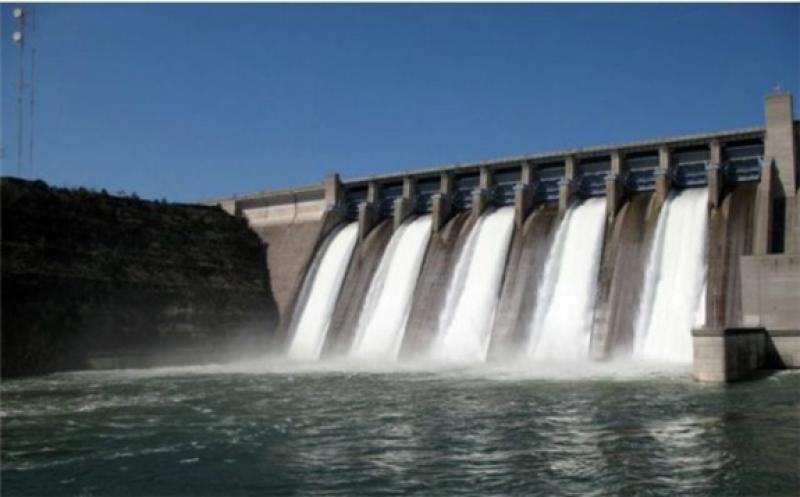The world’s first ‘shaft hydropower plant’, with the turbine concealed in a shaft in the river bed, is now operating in Germany. This plant was built on the Loisach River in a Bavarian nature reserve.

The new plant concept was developed at the Technical University of Munich (TUM), and scientists say it allows fish to pass freely over the power plant on their migration downstream.
TUM says: “The environmental standards for new plants are virtually impossible to fulfil in Germany and many other countries. While hydropower plants can contribute to climate mitigation efforts, they also cause problems for the natural environment. The strong current that results when water is diverted to a powerhouse in conventional run-of-river plants can drag fish toward the turbine, where they are at risk of being injured or killed. Additionally, natural habitats, fish migration routes and riverbank landscapes are damaged.”
“If we want to protect the climate while also preserving nature, we need to develop technologies capable of skillfully balancing these two goals,” says project leader Prof. Peter Rutschmann. “We know that nature is always impacted to some degree by a hydropower plant.”
A team at the Chair of Hydraulic and Water Resources Engineering at TUM decided to develop a hydropower plant with a lower impact on the natural environment. With this new design, a shaft housing the turbine and generator is dug into the river bed upstream of a weir. Water flows into the shaft, drives the turbine, and is returned to the river under the weir. A smaller part of the water flows over the shaft and past the weir.
The plant was built by a municipal utility at an existing ramp where it had been difficult for fish to pass through. Two shafts were excavated at the site, which has a fall height of 2.5 meters. The exact generating capacity of the facility was not released, but it is producing enough electricity for about 800 households and has been supplying the grid since spring 2020. The concept was proven during a flooding event.
Numerous prototype tests have shown that most fish are able to swim safely over the shaft. However, TUM notes that very small fish can be dragged into the shaft power plant. What is more, two openings in the weir allow fish to migrate downstream unharmed, while upstream migration is facilitated by a fish pass.
The shaft power plant also allows debris and driftwood to pass more freely downstream. A rack on the shaft keeps this material away from the turbine. The bedload is regularly pushed downstream through a gate opened in the weir, which allows water to be released when the river floods.
TUM holds several patents for the invention. A spin-off of TUM, Hydroshaft GmbH, has acquired rights of use and licenses the technology to power plant operators. A total of 12 plants are at the planning stage in Germany.
The research was part-financed by the German Federal Ministry for Economics and Energy and by the Bavarian Environment Ministry. The TUM Chair of Aquatic Systems Biology will study the behavior of fish at the pilot plant in the Loisach River on behalf of the Bavarian State Office for the Environment.
TUM’s focus areas are the engineering sciences, natural sciences, life sciences and medicine, combined with economic and social sciences. TUM promotes talents and creates value for society.